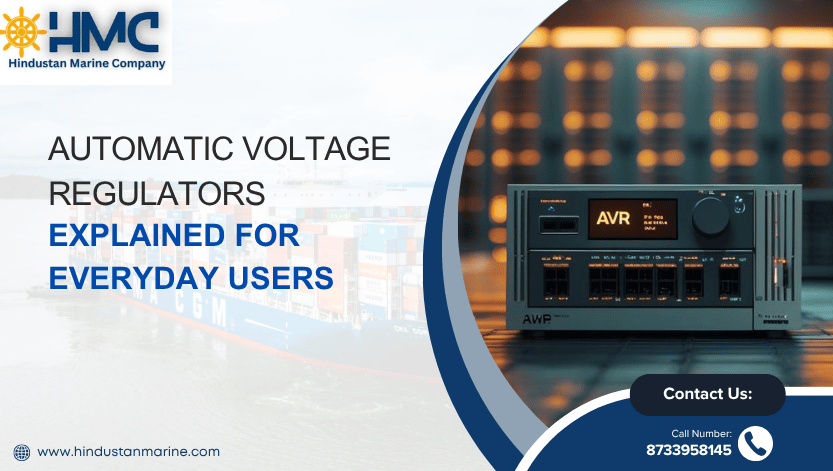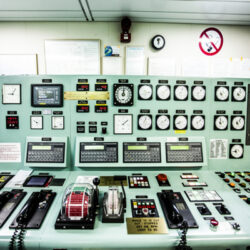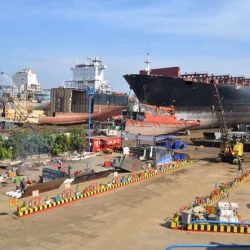
Automatic Voltage Regulators Explained for Everyday Users
If you’ve ever wondered why your generator or marine system needs stable power output, the answer lies in a critical device called an Automatic Voltage Regulator (AVR). Whether you’re operating a commercial vessel or managing a power backup system, voltage fluctuations can cause equipment failure and downtime. That’s where AVRs step in — ensuring consistent voltage levels, protecting sensitive electronics, and improving performance.
Let’s break down what automatic voltage regulators are, how they work, and why Australians — especially in the marine and industrial sectors — should pay attention to them.
What is an Automatic Voltage Regulator?
An automatic voltage regulator (AVR) is an electronic device that maintains a generator or alternator’s output voltage within a safe, pre-defined range. It adjusts excitation levels based on the system’s load demands, ensuring stable voltage output.
When your generator encounters varying loads (like sudden surges or drops), the AVR senses the change and regulates the output to maintain a consistent voltage. This protects connected appliances and critical systems from power anomalies like over-voltage or under-voltage.
Why Voltage Regulation Matters
In Australia, unpredictable weather events and remote operations (like mining or offshore drilling) often lead to unstable power supply. This makes AVRs vital in industries such as:
- Marine and shipbuilding
- Power generation and distribution
- Oil and gas
- Mining operations
- Data centres
Key Features of Modern AVRs
According to Specialty Product Technologies, top-performing AVRs come with:
- Precision control: Instant response to voltage fluctuations
- Thermal protection: Prevents overheating under heavy loads
- Digital monitoring: Real-time performance analysis
- Compact designs: Ideal for tight spaces in marine and industrial panels
- Compatibility: Works with both brushless and brushed alternators
Types of Automatic Voltage Regulators
Based on Maruson USA, AVRs are broadly classified into:
- Servo-controlled AVR – Uses a servo motor to correct voltage fluctuations.
- Static AVR – Uses solid-state components like transistors and ICs.
- Electromechanical AVR – Combines mechanical and electrical processes.
Each type has its own pros and cons depending on load conditions, cost, and responsiveness. Static AVRs are most popular in modern applications due to their durability and faster response time.
How AVRs Work in Marine Automation Systems
Marine environments demand high-performance AVRs that can withstand humidity, vibration, and load variation. As per ABB Marine, marine AVRs must meet rigorous standards for uninterrupted navigation and communication.
Marine AVRs regulate the power supply for radar systems, GPS, and navigation consoles — all crucial for ship safety. Explore our range of Marine Automation Equipments designed specifically for demanding marine applications.
Latest Trends and Innovations
- Digital AVRs with IoT Integration: Some models now include IoT sensors for remote monitoring and predictive maintenance.
- Hybrid AVRs: These combine static and servo mechanisms for better control and energy savings.
- AI-based Load Prediction: Advanced AVRs use AI algorithms to predict load demands and respond in real-time.
In 2023, global AVR market size was valued at USD 6.2 billion and is projected to grow at a CAGR of 5.8% through 2030, driven by the renewable energy boom and increased infrastructure development.
How to Choose the Right AVR for Your Application
Consider the following before purchasing:
- Rated capacity: Match your generator’s output load
- Voltage tolerance: Choose according to your application’s sensitivity
- Mounting space: Ensure compatibility with your control panel
- Brand and support: Opt for reputed manufacturers with strong service networks in Australia
Final Thoughts
Whether you’re working in the industrial, marine, or commercial space, automatic voltage regulators are no longer a luxury — they’re a necessity. They not only safeguard your equipment but also enhance performance, longevity, and cost-efficiency.
With modern advances and competitive options available locally, businesses now have better access to dependable AVR solutions.
5 FAQs on Automatic Voltage Regulators
- What is the main function of an automatic voltage regulator?
AVRs maintain a consistent output voltage from a generator or alternator despite changes in load or input. - Where are automatic voltage regulators commonly used?
They are widely used in marine systems, power generators, data centres, industrial machinery, and even renewable energy setups. - How do I know which AVR suits my generator?
Check your generator’s rated voltage and power output, and select an AVR that meets or exceeds those specs. - Can I use one AVR for multiple machines?
No, AVRs are generally dedicated to one system or generator for precise voltage control. - Are marine AVRs different from industrial ones?
Yes, marine AVRs are built to withstand harsher environments like humidity, salt corrosion, and constant vibration.





 Fast Delivery
Fast Delivery Easy Returns
Easy Returns Instant Quote
Instant Quote Product Demo
Product Demo